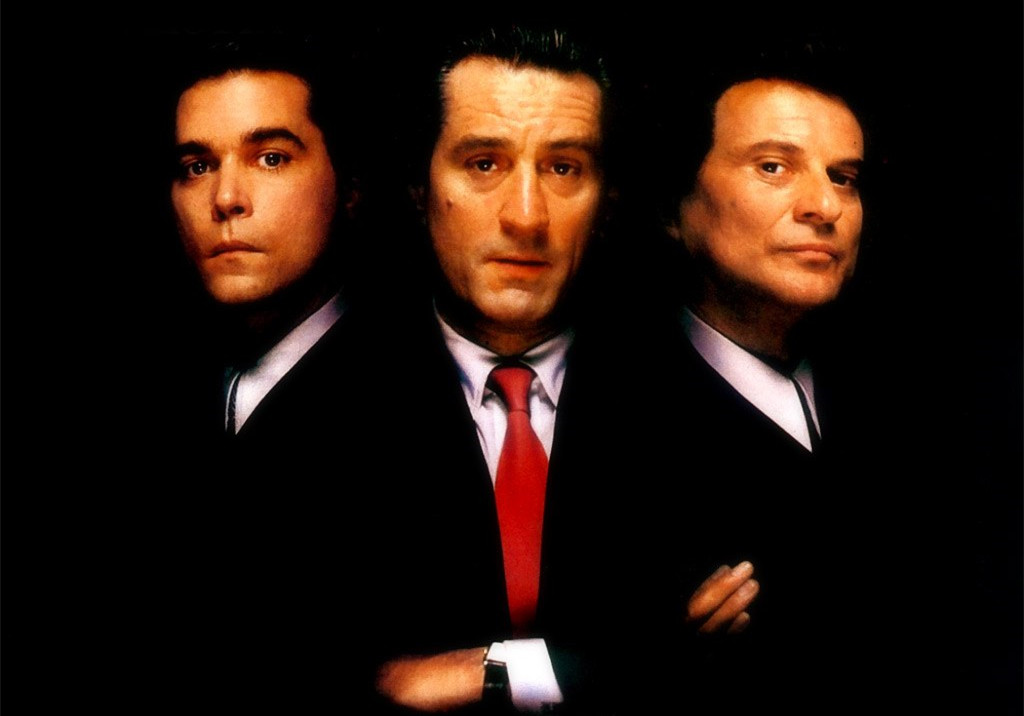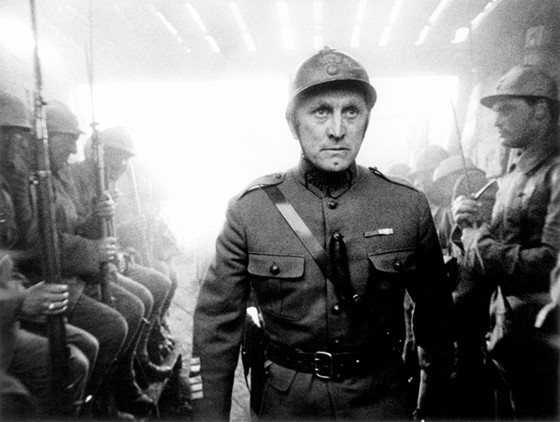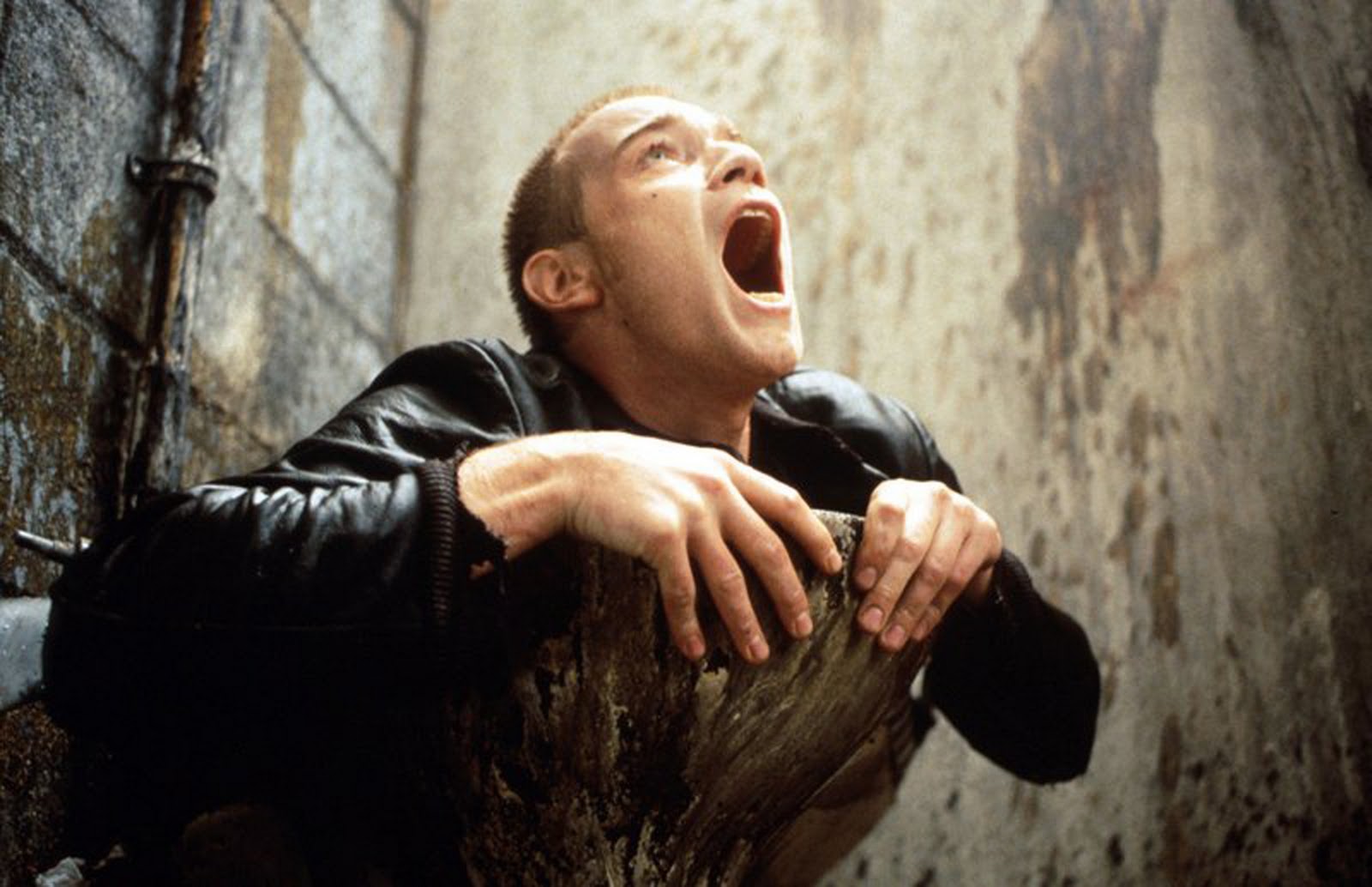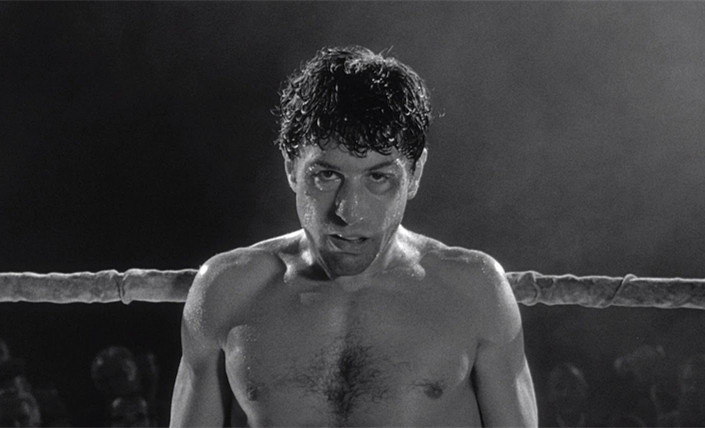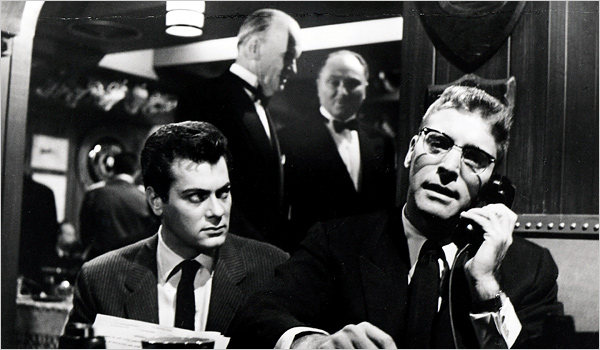If there is one thing that the film industry is regularly accused of, it is glorifying or glamourizing certain issues within their movies. Some films take the aspects of an issue that will look good on camera rather than aspects that are actually important to the issues they are supposedly tackling, they brush over elements of a story that may do harm to the cinematic appeal of their project.
This is not always necessarily a bad thing as sometimes a film can be great if not entirely accurate to real events, but such knowledge does increase your appreciation for films that go one step further, they explore every ugly aspect of their own source material. They are not afraid to deglamourize their own story by creating a more brutal, truthful and complex portrait of their topic.
Other forms of media and other movies can magnify or misrepresent the subject and it is therefore especially bold for certain films to so heavily defy the accepted portrayal and create one that undoubtedly makes their own theme less desirable and in harsh contrast with nearly every other depiction at the time. Here are ten choices that did just that.
1. Paths of Glory
Most war films had to be very careful over how they presented warfare prior to the 1970s for two prominent reasons. Firstly you could only afford to make one with the help of the military and secondly, any negative depiction would lead to accusations of communism and a place on the blacklist, making it extremely difficult to work again.
So most war films were fairly complementary of allied forces, even ones that were critical of war from the German perspective, not such as All Quiet on the Western Front drew controversy.
Stanley Kubrick however, brought audiences into the trenches of World War I with Paths of Glory. Though the troops depicted were supposed to be French, they clearly reflected American soldiers as well as all soldiers in general. It was a unique portrayal of war at the time as high in the chain of command soldiers were negotiated like tradable goods, and the soldiers in question are simply ants fighting for a tiny and insignificant piece of land. They die pointlessly and in a cowering fashion.
This is not the depiction of war audiences were used to as rather than worry about one army being pitted against another, Kubrick sought to challenge the morality of war from within one army. The title itself is ironic as there is nothing glorious about this representation of war.
2. Trainspotting
If Trainspotting demonstrates one thing, it is how desperate drugs make those addicted to them. The addicts in question are not only desperate, but cut off from the rest of society as they can only genuinely converse with one another rather than face the judgement of a normal culture.
Trainspotting takes time to highlight how it is also the sheer pressure of trying to accept a life without drugs, beyond simply the physical drawback symptoms, that force them into a downward spiral that can only be resolved by both the understanding of fellow addicts and a return to their addiction.
The characters in Trainspotting partake in some downright despicable actions, but in their circle of friends, it is all justified as a means to continue their habit. That is what drugs such as heroin do, that is to drive their users to such desperation that nearly anything is vindicated by a need to uphold the supply.
Danny Boyle’s seminal dark comedy pays attention to the long term suffering caused by drug use. Characters do not die through sudden and painless overdoses, they suffer through long, agonising and undignified diseases. They do not recover instantly, they endure horrific hallucinations and physical torture before beating the substance.
3. Raging Bull
Most boxing films of the era hung on what took place inside the ring rather than outside of it. Through Scorsese’s staging of Jake La Motta’s story, it allowed him to get into the psychology and ideology of a man who demonstrates such ferocious aggression inside the boxing arena, and his inability to leave it in the boxing arena.
It shows La Motta’s violent and hostile attitudes seep through into his family life and how they too often parallel each other. When his wife says one of his opponents is ‘good looking’, he pummels him to a bloody pulp, not to win the fight, to send a message to her. His nature is to attack impulsively without judgement, and as a result he destroys everyone that is close to him.
La Motta’s jealousy and paranoia combines with his anger to reduce every subtle move from his family to what he perceives as plots against him. At the premiere, the real La Motta asked his wife if he was as bad as the film depicted, ‘You were worse’ was her response.
Then there are the fight scenes. La Motta receives and hands out viscous beatings in the ring that leave horrific wounds. Blood hits the faces of audience members, fighters taunt each other and the viewer is placed squarely in the ring rather than watching from afar. The ferocity is felt to a brutal extent and never glorified to convince us that it is a bloodless conflict.
4. Sweet Smell of Success
Few films can portray the media and journalism in such an exploitive and ravaging manner. The reporters in Sweet Smell of Success are like animals fighting over scraps of information. The relationship between the powerful tabloid journalist and a press agent is completely without pity and done in such a blunt manner that the events of the film are simply a means to further investigate their conniving and conspiratorial manner.
When the film was first released, it was seen as an attack on famous gossip columnist Walter Winchell. It is merciless and sharp in its dissection of the trade, and spares no expense in highlighting the questionable means in which the columnists retrieve their information and how they twist it out of context. The characters are shown to vastly manipulate public perception to warp the true meaning behind the stories they are covering.
These columnists also drag their personal desires and issues into their profession. They use their power and influence to achieve personal gain. How truthful this depiction is can be disputed, but it does not glamourize the profession in any sense.
5. Goodfellas
While the first half of Goodfellas entices you into the life of a mobster, it only makes the chaotic paranoia that peppers its second half more of an uncomfortable fall. Rather than end his career lavishing in his riches or falling in a noble and heroic way, Henry Hill is arrested as a nervous wreck, most of his money is gone, many of his friends are dead, and one of the few he has left is planning to kill him.
Not only that, but the mobsters do not always hire hitmen to carry out their dirty business. Sometimes they have to clear up their own murders, get real blood on their hands and bury the bodies of their victims. Perhaps one of the most gruesome scenes is where after supposedly disposing of a body, Hill must help his colleagues move it again.
The fact that the mobsters pose just as much of a threat to each other as the police highlights the pointlessness of it all. The frantic nature of their paranoia as they dispatch one another following the Lufthansa Heist not because of what they have done, but what they might do. The maddening suspicion and brutal violence that Scorsese depicts is one of truth and complexity.
